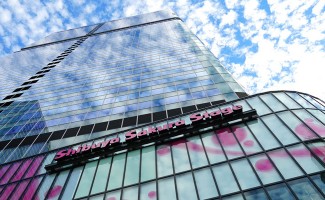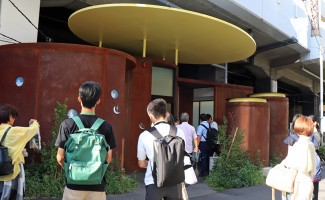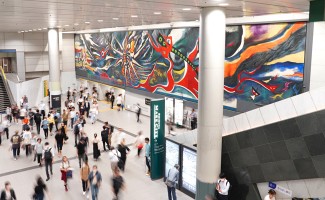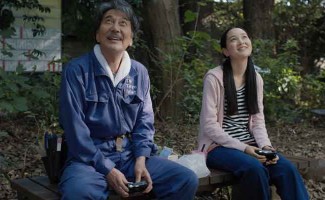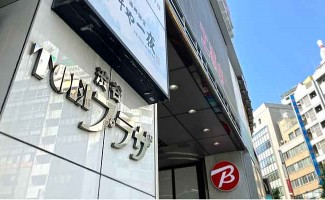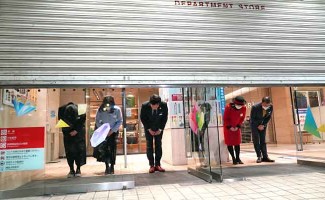Shibuya culture project
MENUKEYPERSON
I want you to aim to town planning that can not be only in Shibuya taking advantage of the strengths that the culture of the base
Culture Studies Institute representativeMiuraten's
profile1958 born. Graduated from Hitotsubashi University in 1982, he joined the Parco. Worked in marketing information magazine "Across" editing room, it serves as the editor-in-chief later. Then, after the Mitsubishi Research Institute work, he established the Culture Studies Institute in 99 years. To center the generation marketing of baby boomers generation and the baby-boom generation, engaged in the research and consultation for the product planning and design. Further expanded its own "suburbs sociology", proposed the concept of such "downstream society," "Fast culture", it analyzes the society from a broad point of view. "The emergence of downstream society _ a new hierarchy population" (Kobunsha), "refugee generations _ baby boomers downstream of the White Paper" (NHK Publishing) book and many others. In April 2007, interpretation Kichijoji popular secret, we propose a concept of the city and shops making that can attract customers "Kichijoji style" (the co-Bungeishunju) publication.
In marketing information magazine "Across" former editor-in-chief, Miuraten who serves as the representative of the Culture Studies Institute to expand the marketing business is now. While a marketing specialists, family and consumption, such as urban problems, such as advocating the "suburbs sociology" own that across the region, field of activity is versatile. Shibuya of change since the 1980s we heard about Shibuya of change in Miura, who has been staring from the sociological point of view.
It depends on whether that city of culture is there are people who love how much the town
- Of the encounter Miura-san and Shibuya?

It began to carry a foot from joined Parco in 82 years. I chose the Parco is because I wanted to work in publishing, location was good everywhere (laughs). I think you also say 79 years was the peak of Koen-dori as a fashion town for some people. At that time seemed had gathered pointed people if like go to "Barney" now, in the passers-investigation of "Across", it is in the 80-81 years Koen-dori was walking about 1 hour at 4 thousand people. Even in the early 80s I was walking is still a neat little man, how from around 84 years, fast food restaurants began to increase in the city center. The popularization of Shibuya, starting from the time, passers of Koen-dori in 90 years it's reduced to about two thousand people. Become a center Center Street Shibuya instead, intensified image as a resort area rather than a fashion town, the town began to become dirty. Well, the city of Shibuya, I though I was originally a resort area.
- Along with this, it is that it has also changed how the people who walk the streets.
In the 1980s, an increasing number of fashion building in addition to the Parco, progress in the development of Tokyu head office street, I city its spread to face basis. Then, gradually diffuses the city, adults and young people, such as a high school student, it came to controversial whereabouts by generation. What about the second half of it is the 1980s. Era of subsequent bubble, it's not an exaggeration to say that was changed the Shibuya of the city. It progressed raising the ground level, building more and more situated, something old-fashioned restaurant has had to close the store one after another. Surprisingly now, myself around Shibuya Station It seems there are only two hotels store to engage in the business as the owner. The other owner, rent as a tenant, I'm living in a different location. Then, because it is difficult springing attachment to the city, it comes to once you also put in any store regardless Nante landscape. Thanks to that, some of the areas I think you have become full of sex shop. I, after all, the culture of the city, how much, I think that depends on whether there are people who love the town. In that sense, now of Shibuya but it is deplorable situation. But should there was a food culture because it was originally red-light district, it also had been almost lost. The per that, I feel the devastation of the city of Shibuya.
A force that transmits something new would be Japan without complaint

- So, do you now of Shibuya's strength lies in the per any.
Movies and play, but it is strength is to be a hub of culture, such as music. In addition to cinema and theater, will there is something a lot of record shop DJ gather. And try to ladder the Aiu shop, I'm I'm still interesting. I think such a place is the Do not amazing I Shibuya, I think that I think we can produced a DJ and dancers that this town is active in the world. I have also walked young you are dizzy, also kind of spectacle, for the creative human being or write music and play, would have surely, become some sort of stimulus. 80s Shibuya and Harajuku, not dare employment for dreams, was a town in which the original part-time workers gather. Its dream is or was music and movies and theater and fashion, Shibuya and Harajuku I think that was also in the city to incubate them. I have young people who simply become part-time worker not want to work now are sitting in the city of Shibuya, after all, it is also part-time workers with a dream in. The power to attract the kind of young people, I think that strong now.
- Shibuya and the difference between the culture of the quality of the other town?
Shibuya, but it is a strong culture of performance and video, such as music and theater. Long time ago it was slightly print culture, not right now. But I have lived much in Kichijoji, culture along the center line contrary to the Shibuya, than the music and theater, a strong print culture. Everyone also my editor in charge, to live in Nishiogikubo (laughs). Then be compared with such as Ikebukuro, think again Shibuya is that there is a high degree of culture. If you check, such as sales of good books in the bookstore, you may feel so. In addition, the force that transmits the new something also, would be Japan without complaint.

State of the current Koen-dori
Recommended articles
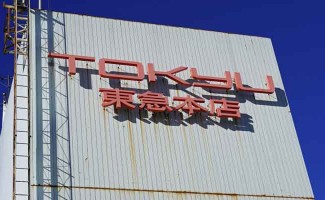
東急百貨店本店がある間にもう一度見ておき…
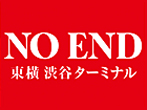
85年の東横ターミナルデパート物語

Demolition just before, "Tokyu Toyoko shops East Building" last look Tsu ...
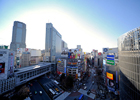
The Reason that Shibuya is Attractive to IT Startup Companies
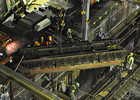
Standing at the moment of Shibuya in The construction work is reborn ...
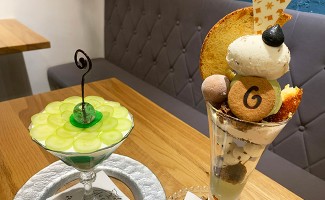
夜しか食べられないフォトジェニックなパフ…

渋谷ヒカリエ開業10周年で「シブヤ・クロ…
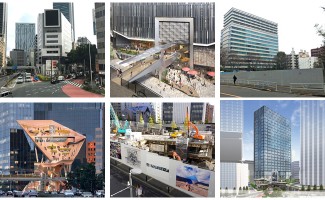
駅中心地区と連携する「東口エリアの再開発…


